The Enduring Allure of Nessie
The Loch Ness Monster, affectionately dubbed "Nessie," has captivated imaginations for centuries, emerging from the misty depths of Scotland’s Loch Ness, a long, narrow lake in the Highlands stretching 23 miles and plunging to depths of over 700 feet. The legend traces back to the 6th century, when Irish monk St. Columba reportedly encountered a "water beast" in the River Ness, commanding it to spare a swimmer’s life. This ancient tale, recorded in the Life of St. Columba, marks the earliest whisper of a creature lurking in these waters. Since then, Nessie has become a global phenomenon, blending folklore, eyewitness accounts, and modern intrigue into one of the world’s most enduring mysteries. Over 1,000 documented sightings have fueled speculation, with descriptions often painting a long-necked, serpentine creature resembling a prehistoric plesiosaur, though no definitive proof has surfaced.
The allure of Nessie lies not just in its elusiveness but in its cultural impact. Local communities thrive on the legend, with the Loch Ness Centre & Exhibition in Drumnadrochit offering immersive displays of historical sightings, sonar scans, and scientific investigations. Visitors can explore the loch via boat tours, like those operated by Cruise Loch Ness, which blend scenic beauty with monster-hunting excitement. Yet, skepticism abounds. Many dismiss sightings as misidentified otters, logs, or boat wakes, while others cling to the possibility of an undiscovered species. The lack of concrete evidence—despite decades of scrutiny—mirrors the eerie ambiguity of Overtoun Bridge in Scotland, where dogs inexplicably leap to their deaths, defying rational explanation. Nessie’s story is a tapestry of hope, doubt, and wonder, keeping the world guessing.
Key Sightings and Evidence
The modern era of Nessie began in 1933, when a customs officer, George Spicer, reported seeing a "prehistoric animal" crossing the road near Loch Ness, sparking widespread interest. That same year, Hugh Gray captured a blurry photograph of a shadowy shape in the water, often cited as the first visual evidence, though its ambiguity invites debate. In 1934, the iconic "Surgeon’s Photograph," taken by Robert Kenneth Wilson, showed a long neck rising from the loch, igniting global fascination. Decades later, it was revealed as a hoax involving a toy submarine, yet its legacy endures. Sonar scans in the 1960s and 1970s, including a 1967 expedition by the Loch Ness Investigation Bureau, detected large, moving objects at depths unreachable by divers, hinting at something unexplained. A 1975 underwater photo by Robert Rines showed what appeared to be a flipper, though poor resolution muddied interpretation. These moments, detailed in books like The Unsolved Mystery of the Loch Ness Monster by Terri Sievert, keep the debate alive.
More recent efforts include a 2018 DNA survey of Loch Ness, led by Professor Neil Gemmell, which found no evidence of reptilian DNA but detected high levels of eel DNA, suggesting giant eels might explain some sightings. A 2014 Apple Maps satellite image revealed a 98-foot-long object just below the surface, speculated to be Nessie, though skeptics attributed it to a boat’s wake. The Loch Ness Monster Official Website logs ongoing sightings, with reports as recent as 2023 describing humps or ripples moving against the current. Like the Mary Celeste, where an intact ship offered no clues to its crew’s fate, Nessie’s evidence is tantalizing yet inconclusive. Each sighting adds to the puzzle, inviting amateur sleuths and scientists alike to ponder what, if anything, swims in Loch Ness.
Scientific Scrutiny and Theories
Scientific investigations have poured resources into Loch Ness, yet answers remain elusive. Sonar sweeps, like those conducted in Operation Deepscan in 1987, tracked unexplained objects moving at depths of 600 feet, but murky waters and technical limitations thwarted clear conclusions. Submersible dives, including a 1970s effort by the Academy of Applied Science, yielded grainy images of alleged fins or bodies, but nothing definitive. Critics argue the loch’s peat-stained waters distort visuals, and its vast size—holding more water than all the lakes in England and Wales combined—makes thorough exploration daunting. Theories range from surviving plesiosaurs, an extinct marine reptile, to giant sturgeons or eels. The plesiosaur hypothesis, popularized in Nessie lore, is largely dismissed due to the loch’s formation 10,000 years ago, postdating plesiosaur extinction by millions of years. Still, the idea persists, much like speculation about supernatural forces at Overtoun Bridge.
Alternative explanations lean on psychology and environment. The loch’s surface often ripples with standing waves, called seiches, which can mimic humps or creatures. Misidentification of known animals—like otters swimming in a line or deer crossing the loch—is common. Hoaxes, from the Surgeon’s Photograph to staged footprints in the 1930s, have clouded credibility. Yet, the sheer volume of sightings, cataloged by the Loch Ness Monster Sightings Register, suggests something unexplained. Comparisons arise with the Highway of Tears, where systemic failures left mysteries unsolved, highlighting how human perception and incomplete data can perpetuate enigmas. Whether Nessie is a biological anomaly, a cultural artifact, or a trick of the eye, the quest for truth continues, with Loch Ness remaining a magnet for curiosity.

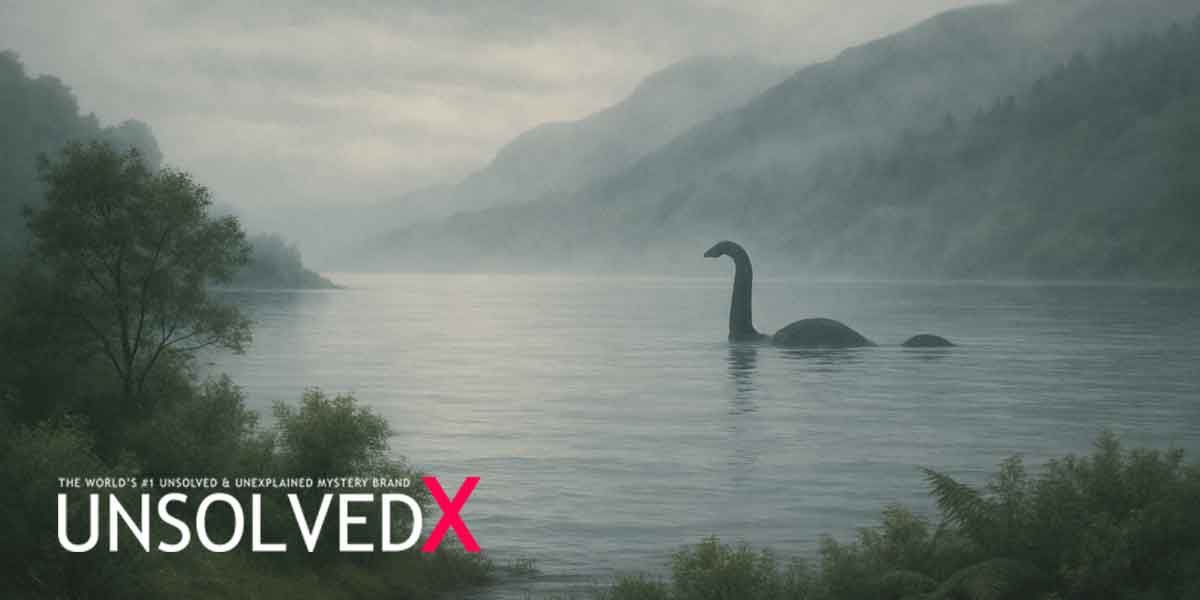
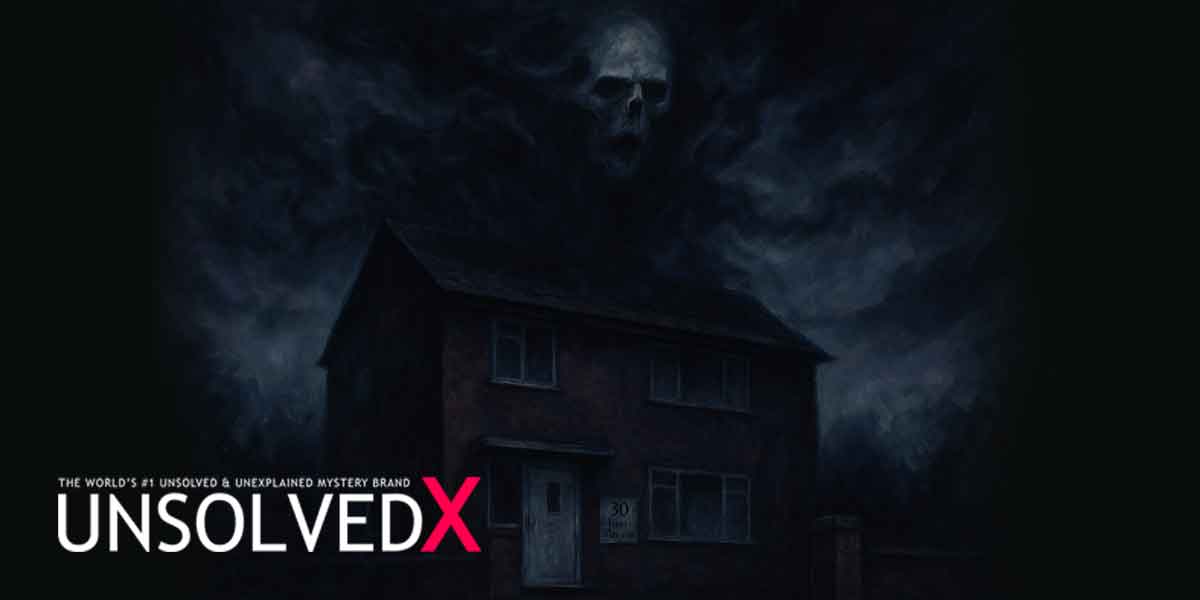
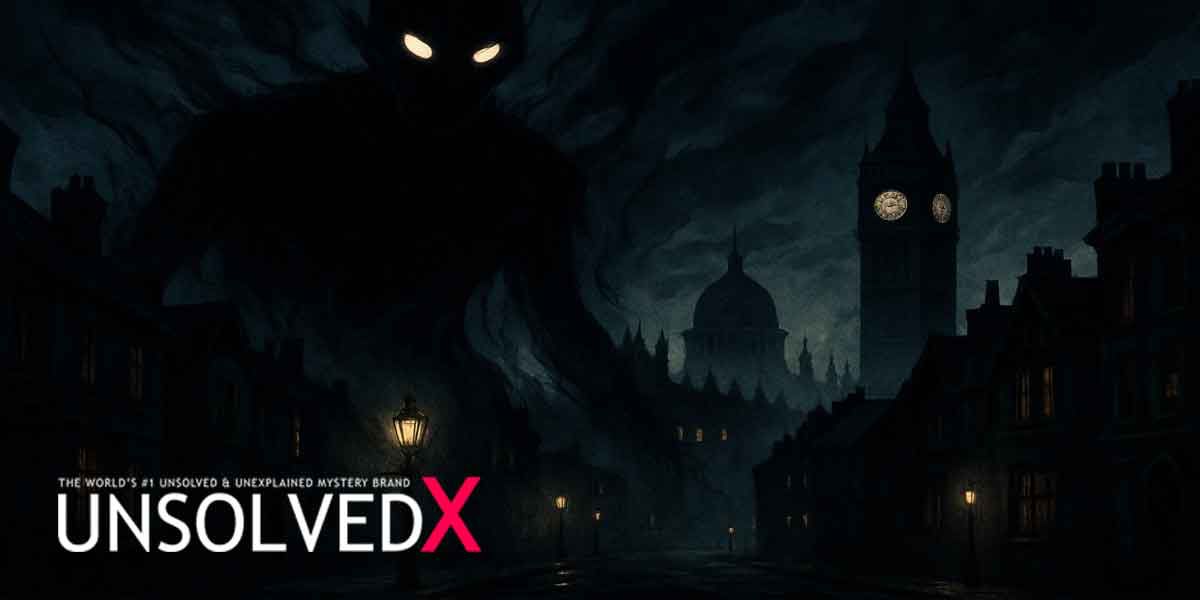
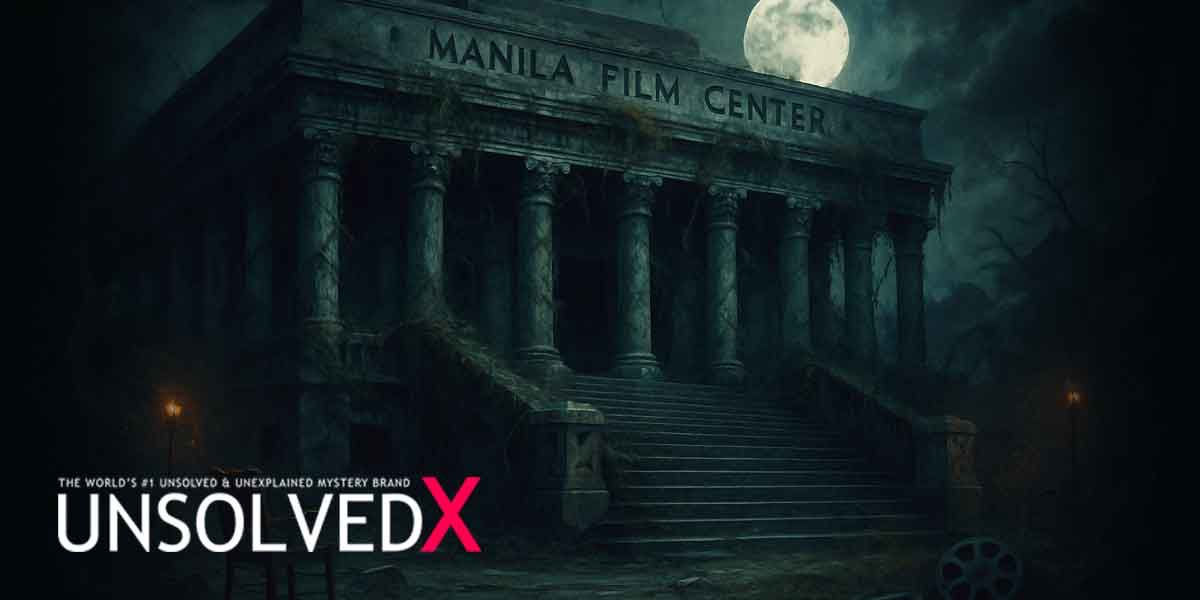
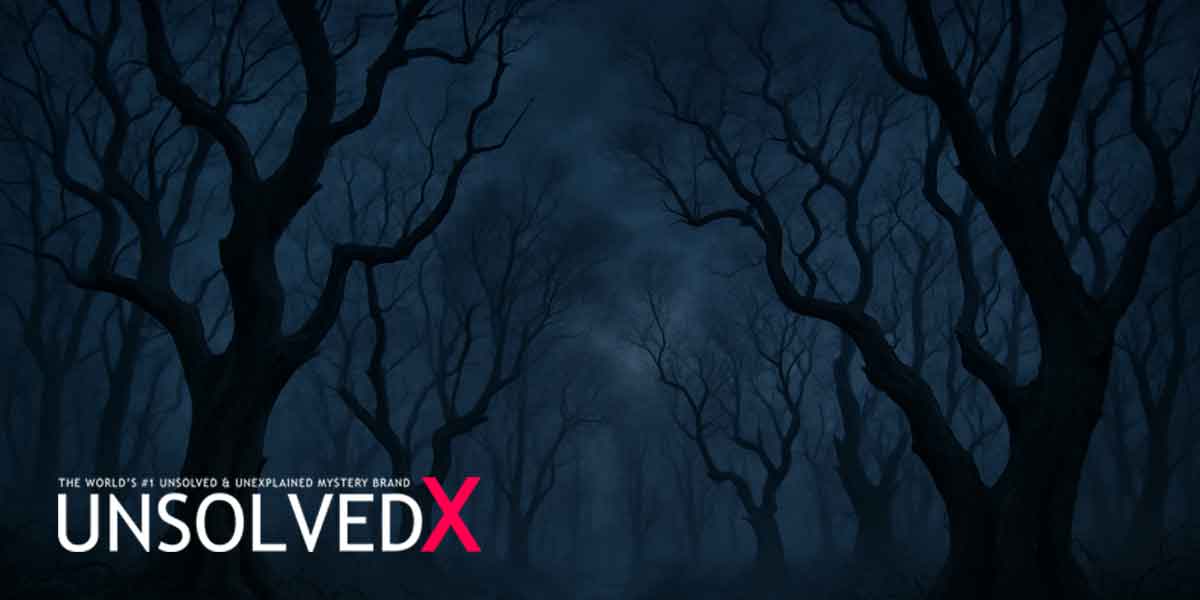

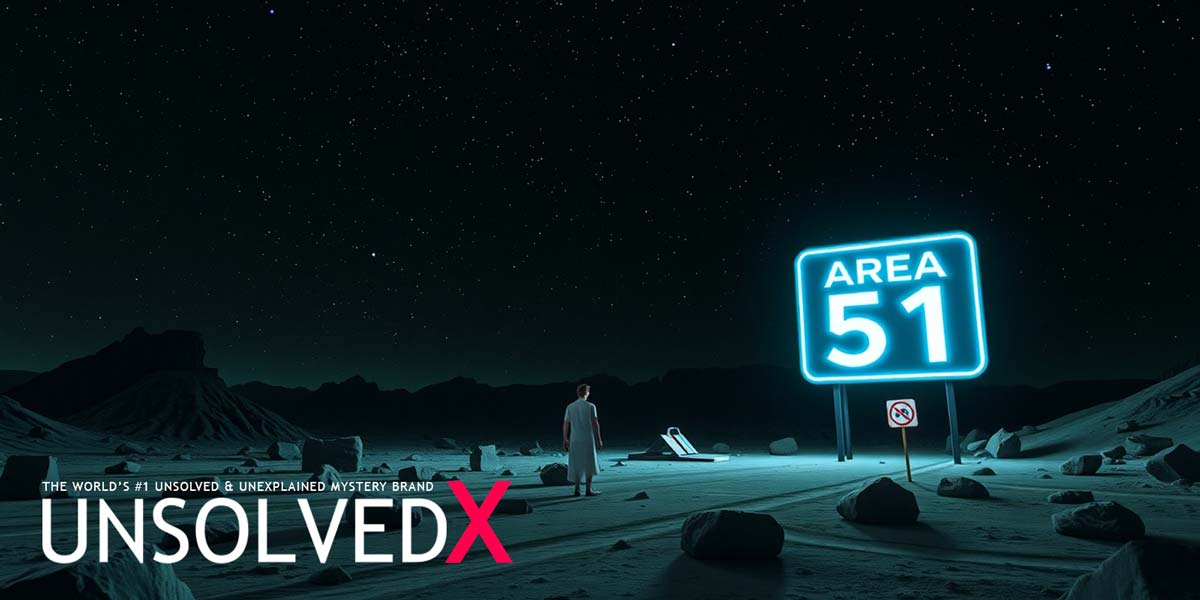


Comments
Comments section coming soon!